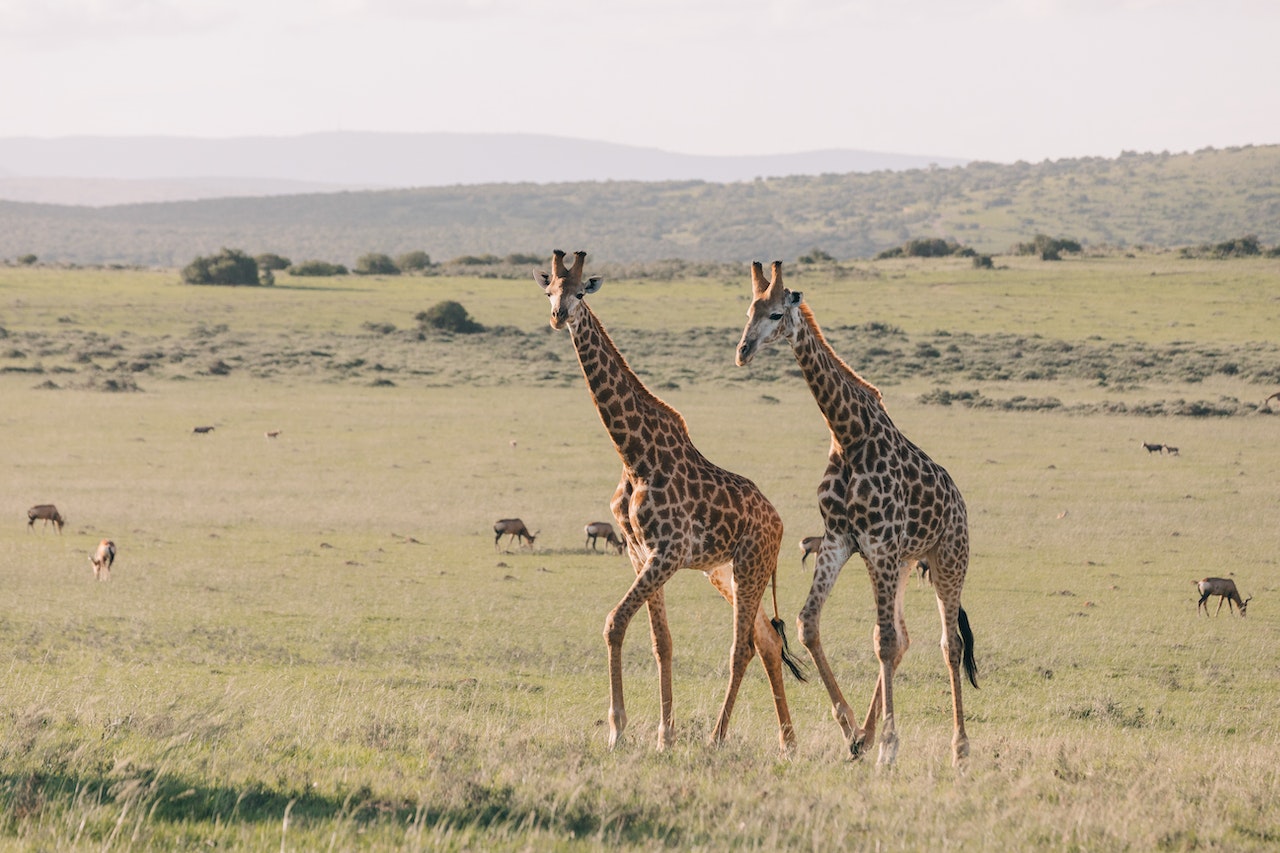– The fascinating biology and physical characteristics of the reticulated giraffe
– The natural habitat and distribution of reticulated giraffes across Africa
– Conservation efforts and challenges faced by reticulated giraffes
– The role of zoos in the preservation and education of reticulated giraffes
– Understanding the behavioral patterns and social structure of reticulated giraffes
The reticulated giraffe, a striking presence in the African savannah, captivates many with its elegant long neck and intricately patterned coat. As we dive deep into the details of this majestic animal, our journey will navigate its biology, habitat, conservation status, and the pivotal role zoos play in its preservation. This comprehensive exploration aims to bring awareness to these animals’ challenges and highlight their importance in the ecosystem.
Reticulated giraffes boast a set of fascinating physical and biological traits that enable their survival in diverse environments. Standing up to 18 feet tall, they can access leaves and twigs high up in trees, feeding primarily on acacia species. Their distinctive coat pattern, unique to each individual, provides camouflage that protects them from predators. The giraffe’s heart, weighing around 25 pounds and pumping blood up their long neck to reach the brain, exemplifies extraordinary evolutionary adaptations. The reticulated giraffe’s physiology is an area of continuous study, providing critical insights into how large mammals adapt to their environments.
Native to the savannahs, grasslands, and open forests of East Africa, the reticulated giraffe’s habitat is diminishing. Human activities such as agriculture expansion, poaching, and climate change fragment their living spaces, leading to a declining population. These giraffes were once widespread across Somalia, Ethiopia, and Kenya, but now their numbers are dwindling, categorizing them as endangered. Conservation efforts are crucial to halt their decline, involving habitat restoration, anti-poaching patrols, and local community engagement to ensure survival.
Conservation challenges for the reticulated giraffe are daunting, with poaching and habitat loss at the forefront. They are hunted for their meat, hide, and tails despite legal protections. Habitat degradation through deforestation and human settlement expansion further exacerbates the threats to their populations. Collaborative conservation programs aim to mitigate these risks, employing modern technology like GPS tracking to monitor their movements and population dynamics. The information gained through these efforts is vital for shaping effective conservation strategies.
Zoos play an essential role in reticulated giraffes’ conservation and education efforts. By housing and breeding them under scientifically managed care, zoos contribute to the species’ genetic diversity and population stability. Educational programs hosted by zoos bring the plight of these magnificent creatures to the forefront, fostering a connection between the public and wildlife conservation. Zoos also engage in international breeding programs and support field conservation projects, demonstrating a multi-faceted approach to safeguarding the future of reticulated giraffes.
Reticulated giraffes’ social structure and behavioral patterns provide additional layers of understanding about their lives. These animals are not highly territorial, moving in loose groups that change members frequently. Such social flexibility allows them to adapt to the varying availability of food resources across their habitats. Their communication methods, including infrasonic sounds beyond human hearing, underscore the complexity of their interactions. Observing these behaviors in wild and zoo settings offers valuable insights into their needs and natural history.
In piecing together the story of the reticulated giraffe, it becomes clear that each facet, from their biological marvels to the conservation efforts in their name, contributes to a broader narrative of survival and coexistence. This article highlights the importance of continued research, conservation action, and public engagement in ensuring a stable future for these remarkable animals. As threats to their existence persist, collective efforts from conservationists, governments, communities, and zoos are imperative to turning the tide in their favor. The reticulated giraffe is an icon of Africa’s incredible biodiversity and a symbol of the challenges and successes in modern conservation.

